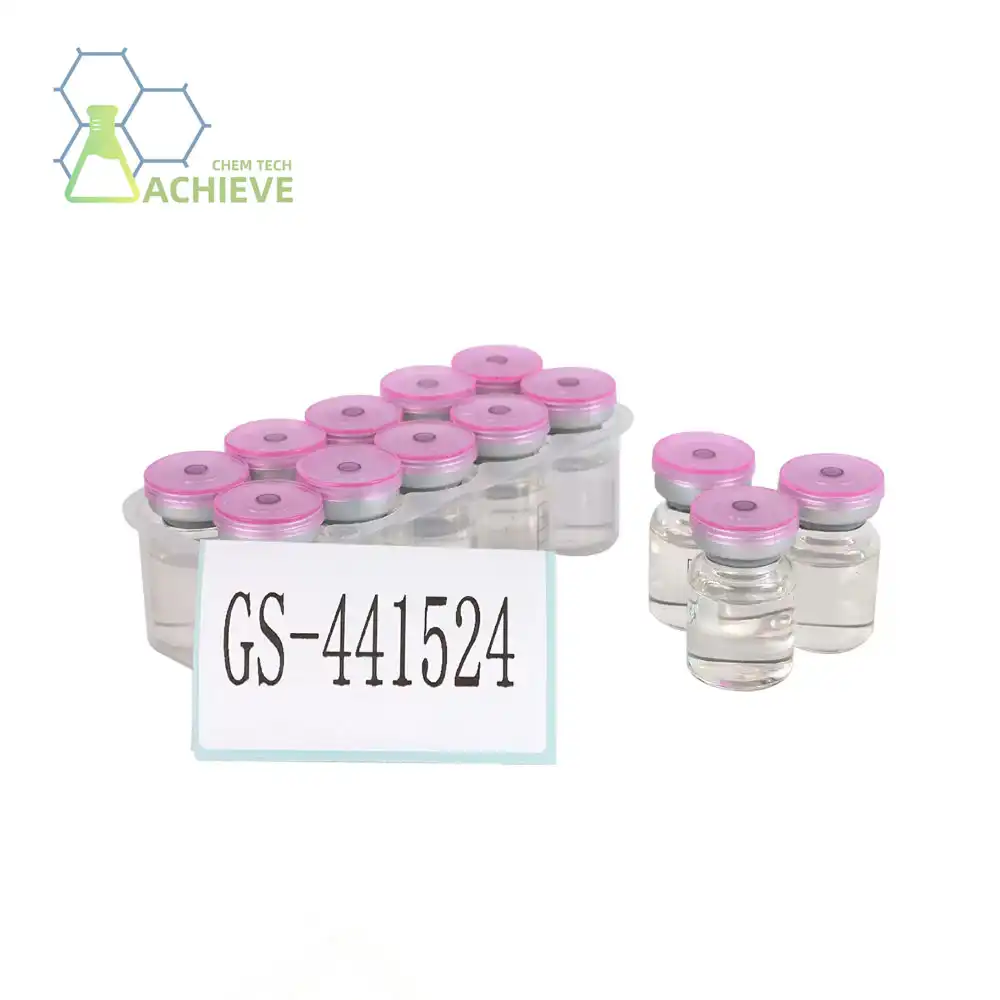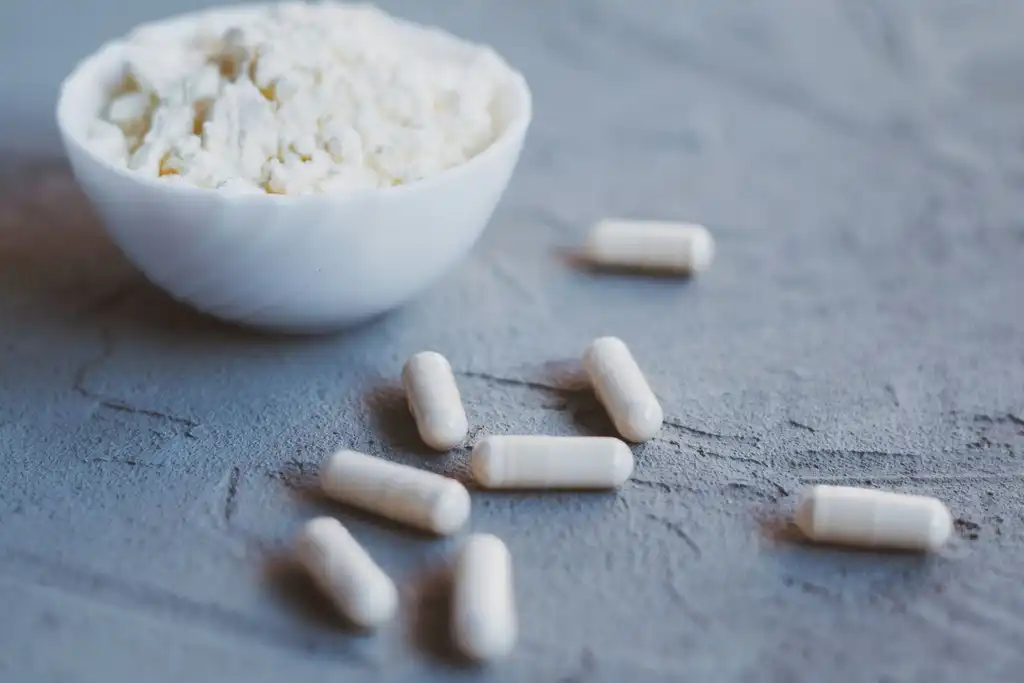How should oral GS-441524 be given to a cat?
Administering oral GS-441524 to cats can be a crucial part of treating feline infectious peritonitis (FIP). This article will guide you through the process of giving oral GS-441524 to your feline friend, ensuring they receive the proper dosage and care during treatment.
What is the correct GS-441524 dosage for cats by weight?
Determining the correct GS-441524 dosage for your cat is essential for effective treatment. The dosage is typically based on the cat's weight and the severity of their condition. Here's a general guideline:
- For cats with non-neurological FIP: 4-6 mg/kg of body weight daily
- For cats with ocular FIP: 8 mg/kg of body weight daily
- For cats with neurological FIP: 10 mg/kg of body weight daily
It's crucial to note that these are general guidelines, and your veterinarian may adjust the dosage based on your cat's specific needs. Always consult with your vet before starting or adjusting any medication regimen.
To calculate the precise dose for your cat, you'll need to know their exact weight in kilograms. For example, if your cat weighs 4 kg and has non-neurological FIP, their daily dose would be between 16-24 mg of GS-441524.
Remember to weigh your cat regularly throughout the treatment period, as weight changes may necessitate dosage adjustments. Many cats experience significant weight gain during treatment, which is often a positive sign of recovery.
Mixing GS-441524 with food: Best practices for oral administration
Administering oral GS-441524 can be challenging, as cats may resist taking medication. Here are some best practices for mixing the medication with food to ensure your cat receives the full dose:
- Choose a small amount of highly palatable food: Opt for wet food or a paste-like treat that your cat enjoys. The goal is to use as little food as possible to ensure your cat consumes the entire dose.
- Mix thoroughly: Ensure the medication is evenly distributed throughout the food to prevent your cat from eating around it.
- Offer the medicated food before regular meals: This increases the likelihood that your cat will eat all of it.
- Consider flavor enhancers: If your cat is reluctant to eat the medicated food, try adding a small amount of tuna juice, low-sodium chicken broth, or another favorite flavor to mask the medication taste.
- Use a syringe or pill popper if necessary: If your cat refuses to eat the medicated food, you may need to administer the medication directly into their mouth using a syringe or pill popper. Consult your veterinarian for proper technique.
It's essential to ensure your cat consumes the entire dose. If they don't eat all the medicated food, you may need to consider alternative administration methods. Some cats may require a combination of oral and injectable GS-441524 to ensure they receive the full dose consistently.
Observe your cat after administering the medication. If they vomit within an hour of taking the dose, consult your veterinarian about whether you should readminister the medication.
Storage and handling guidelines for oral GS-441524
Proper storage and handling of oral GS-441524 are crucial to maintain its efficacy and ensure your cat's safety. Follow these guidelines:
- Temperature control: Store the medication at room temperature, typically between 20-25°C (68-77°F). Avoid exposing it to extreme heat or cold.
- Light protection: Keep the medication in its original, light-resistant container. If it comes in a clear bottle, store it in a dark place or wrap the bottle in aluminum foil.
- Moisture control: Ensure the container is tightly sealed after each use to prevent moisture from entering.
- Shelf life: Check the expiration date regularly and discard any unused medication after the treatment course or if it expires.
- Clean handling: Always wash your hands before and after handling the medication to prevent contamination.
- Separate storage: Keep the medication out of reach of children and other pets. Store it separately from human medications to avoid mix-ups.
When preparing doses, use clean utensils and surfaces to prevent contamination. If you're using a syringe to measure liquid medication, ensure it's sterile or designated solely for this purpose.
If you notice any changes in the medication's appearance, smell, or consistency, do not administer it to your cat. Instead, consult your veterinarian for guidance.
It's also important to dispose of unused or expired medication properly. Do not flush it down the toilet or throw it in the trash. Many veterinary clinics offer medication disposal services, or you can check with your local pharmacy for proper disposal methods.
Monitoring your cat's progress
While administering oral GS-441524, it's crucial to monitor your cat's progress closely. Keep a daily log of the following:
- Appetite and water intake
- Activity levels
- Weight (weekly measurements)
- Any side effects or unusual behaviors
Regular check-ups with your veterinarian are essential during the treatment period. They may recommend periodic blood tests to monitor your cat's response to the medication and adjust the treatment plan if necessary.
Potential side effects and when to seek veterinary care
While GS-441524 is generally well-tolerated, some cats may experience side effects. Common side effects may include:
- Mild gastrointestinal upset (nausea, vomiting, diarrhea)
- Decreased appetite
- Lethargy
These side effects are often temporary and may resolve on their own. However, if they persist or worsen, consult your veterinarian.
Seek immediate veterinary care if you observe any of the following:
- Severe vomiting or diarrhea
- Signs of an allergic reaction (swelling, difficulty breathing, hives)
- Seizures or neurological symptoms
- Jaundice (yellowing of the skin or eyes)
- Severe lethargy or collapse
The importance of completing the full treatment course
It's crucial to complete the entire prescribed course of GS-441524, even if your cat appears to have recovered. Stopping treatment early can lead to a relapse of FIP, which may be more difficult to treat.
The typical treatment course for GS-441524 is 12 weeks, but this may vary depending on your cat's specific case. Your veterinarian will guide you on when it's safe to discontinue treatment based on your cat's clinical signs and laboratory results.
Conclusion
Administering oral GS-441524 to cats requires careful attention to dosage, administration techniques, and storage guidelines. By following these best practices and closely monitoring your cat's progress, you can maximize the effectiveness of the treatment and support your feline friend's recovery from FIP.
If you're in the pharmaceutical industry and looking for high-quality chemical products, including GS-441524, BLOOM TECH is here to help. With our state-of-the-art GMP-certified production facilities and expertise in various chemical reactions and purification methods, we can meet your specific needs. Whether you require long-term contracts for bulk purchasing or specialized chemical solutions, our team is ready to assist you. For more information about our products and services, please contact us at Sales@bloomtechz.com. Let BLOOM TECH be your trusted partner in advancing pharmaceutical research and development.
References
- Pedersen, N.C., et al. (2019). Efficacy and safety of the nucleoside analog GS-441524 for treatment of cats with naturally occurring feline infectious peritonitis. Journal of Feline Medicine and Surgery, 21(4), 271-281.
- Murphy, B.G., et al. (2020). Treatment of cats with feline infectious peritonitis with GS-441524. Animals, 10(5), 828.
- Dickinson, P.J., et al. (2020). Antiviral treatment using the adenosine nucleoside analogue GS-441524 in cats with clinically diagnosed neurological feline infectious peritonitis. Journal of Veterinary Internal Medicine, 34(4), 1587-1593.
- Addie, D.D., et al. (2020). Oral Mutian® X stopped faecal feline coronavirus shedding by naturally infected cats. Research in Veterinary Science, 131, 94-96.

Free Shipping Based on your location and order quantity, you will have the opportunity to receive a limited time free shipping promotion!

BLOOMTECHZ



